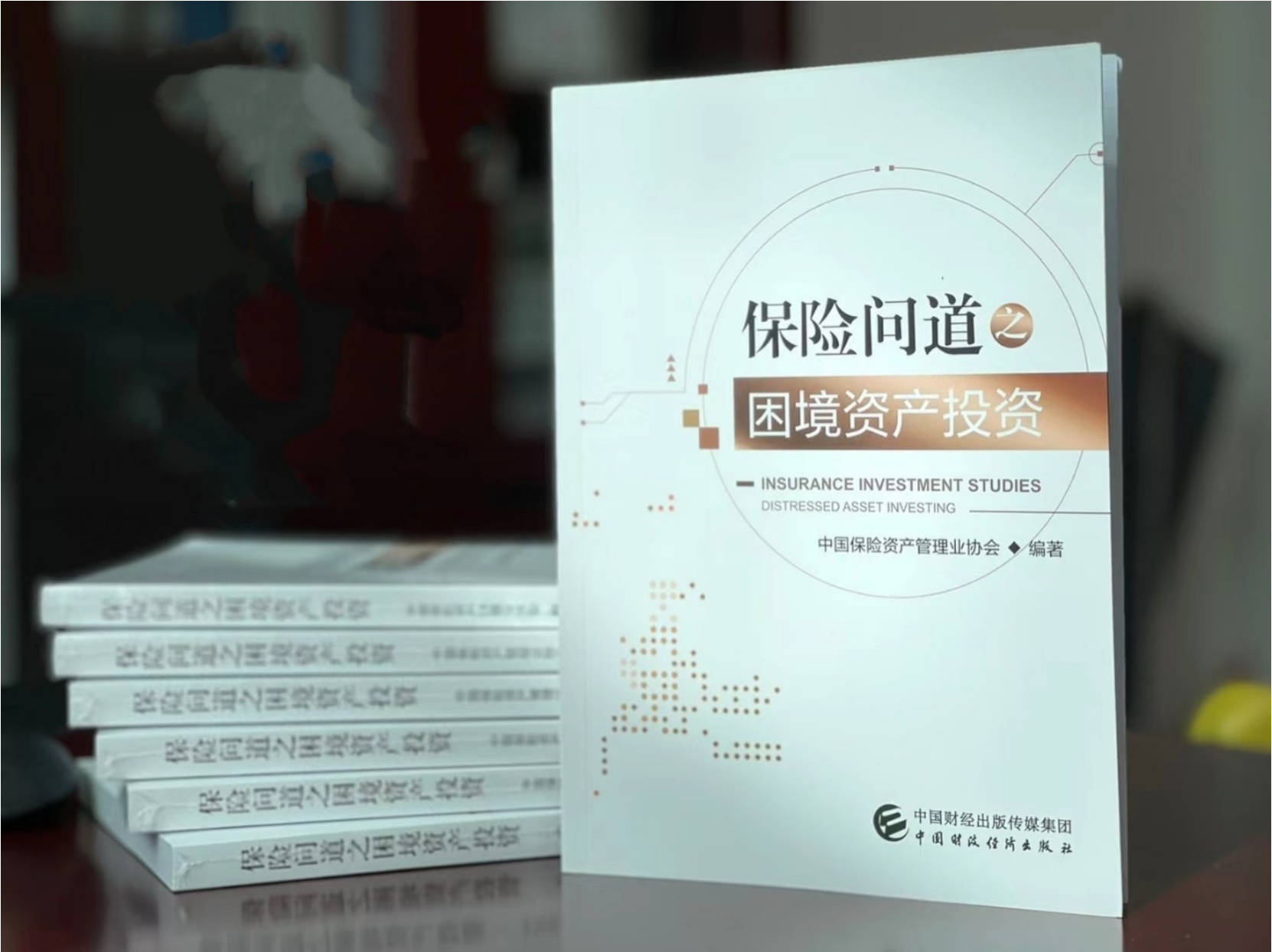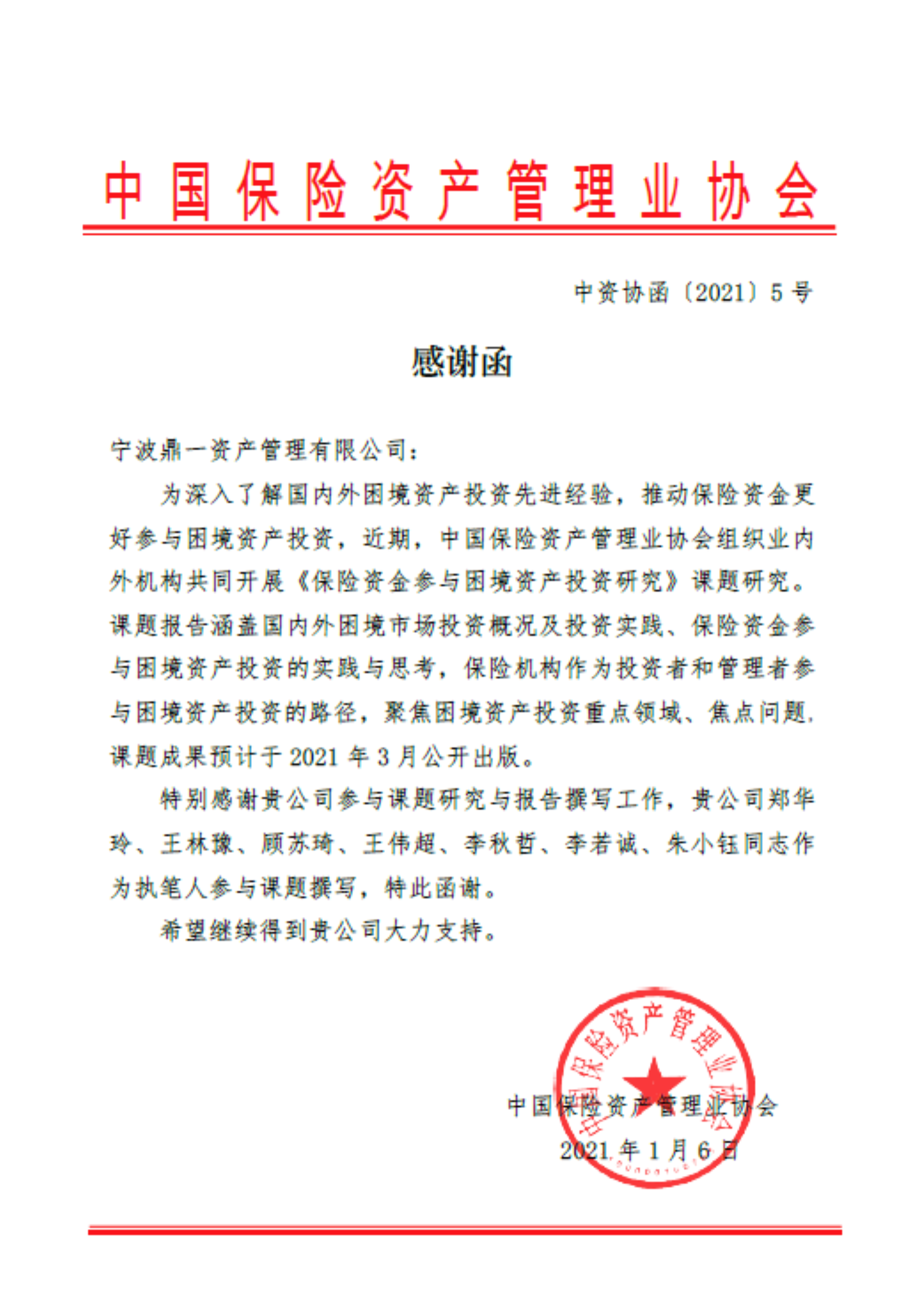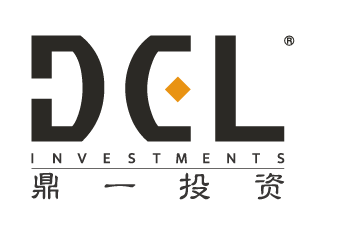by DCL
On May 11th, Insurance Asset Management Association of China (IAMAC) held a press conference in Beijing to deliver the fruits of their research under the guidance of the 14th five year plan to make concerted efforts for a better future. It gathered leaders and experts from the research group focusing on investing insurance funds in distressed assets, as well as more than 200 professionals from insurance companies, insurance asset management institutions and large asset management bodies including banks, securities, trusts and funds.

The association held the launching ceremony of its latest achievement, Insurance Funds Going to Distressed Assets, which was a monograph on distressed assets management. Led by IAMAC and China Re Asset Management, DCL and several other insurance institutions co-finished the work. It not only comprehensively elaborates the history, investment strategies, typical cases, new features and trends of distressed assets at home and abroad, but also deeply analyzes the opportunities, current situation, paths and difficulties of how to invest insurance funds into distressed assets. In addition, it also summarizes the nine core capacities needed by insurers and insurance asset management firms, including choosing the investing mode, organization and decision-making, manager selection, risk identification and control, asset disposal and post-investment management in detail.

Many investment researchers from DCL have participated in the project and been responsible for the report writing. Selina Zheng, chairman of DCL and deputy editor of the book said: “In 2017, the Guideline on Insurance Industry Supporting the Development of Real Economy issued by the former CIRC clearly pointed out that insurance asset management institutions should be encouraged to carry out special opportunity investment businesses such as disposal of distressed assets, which provided a policy basis for insurance funds to participate in the market. Globally, large asset management institutions also attach great importance to special opportunity investment in their asset allocations. Against this backdrop, we will continue to maintain close cooperative relations with insurance companies, practice the investment philosophy of seeking for long-term certainty in short-term uncertainty, and obtain safe and stable investment returns for our investors.”

